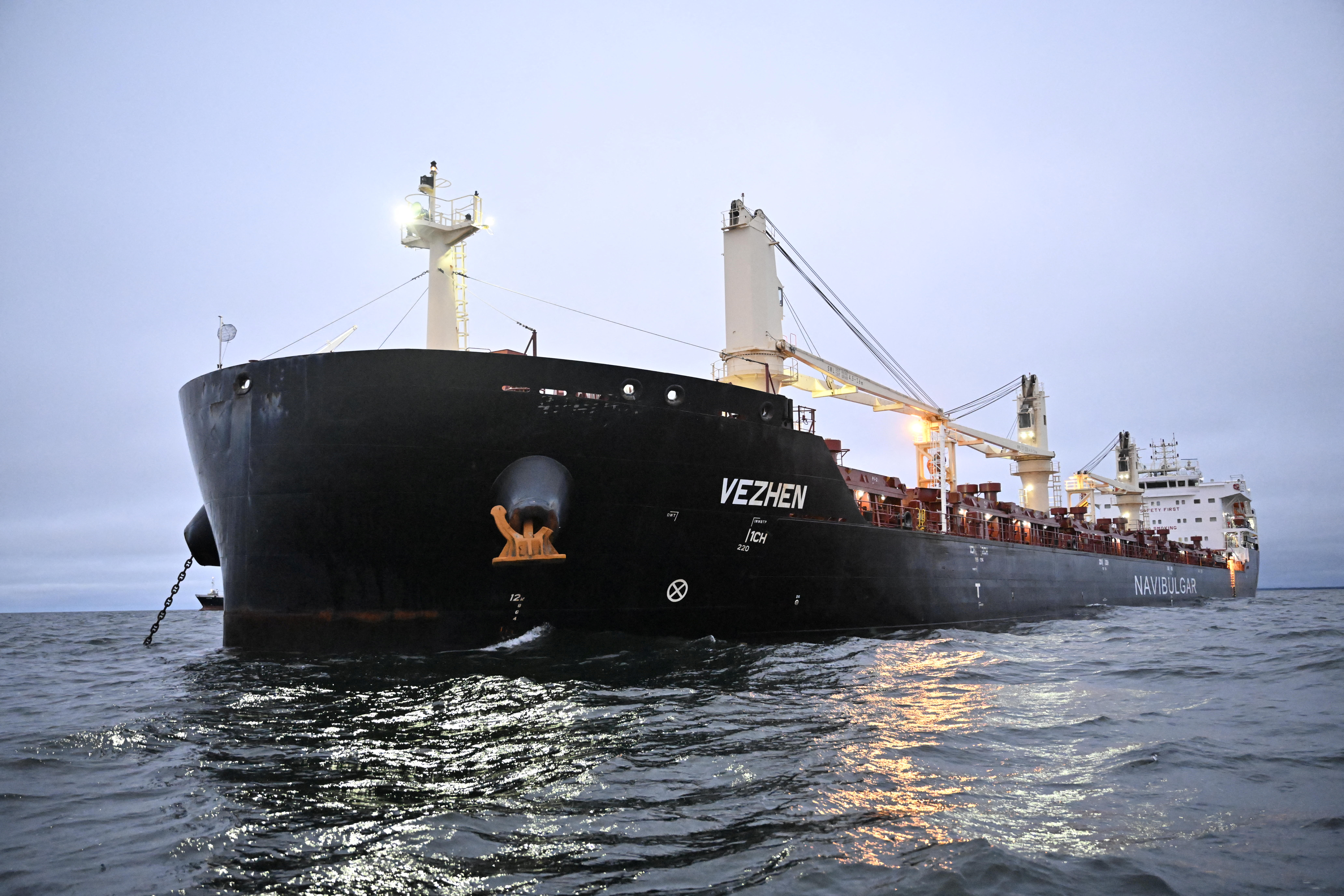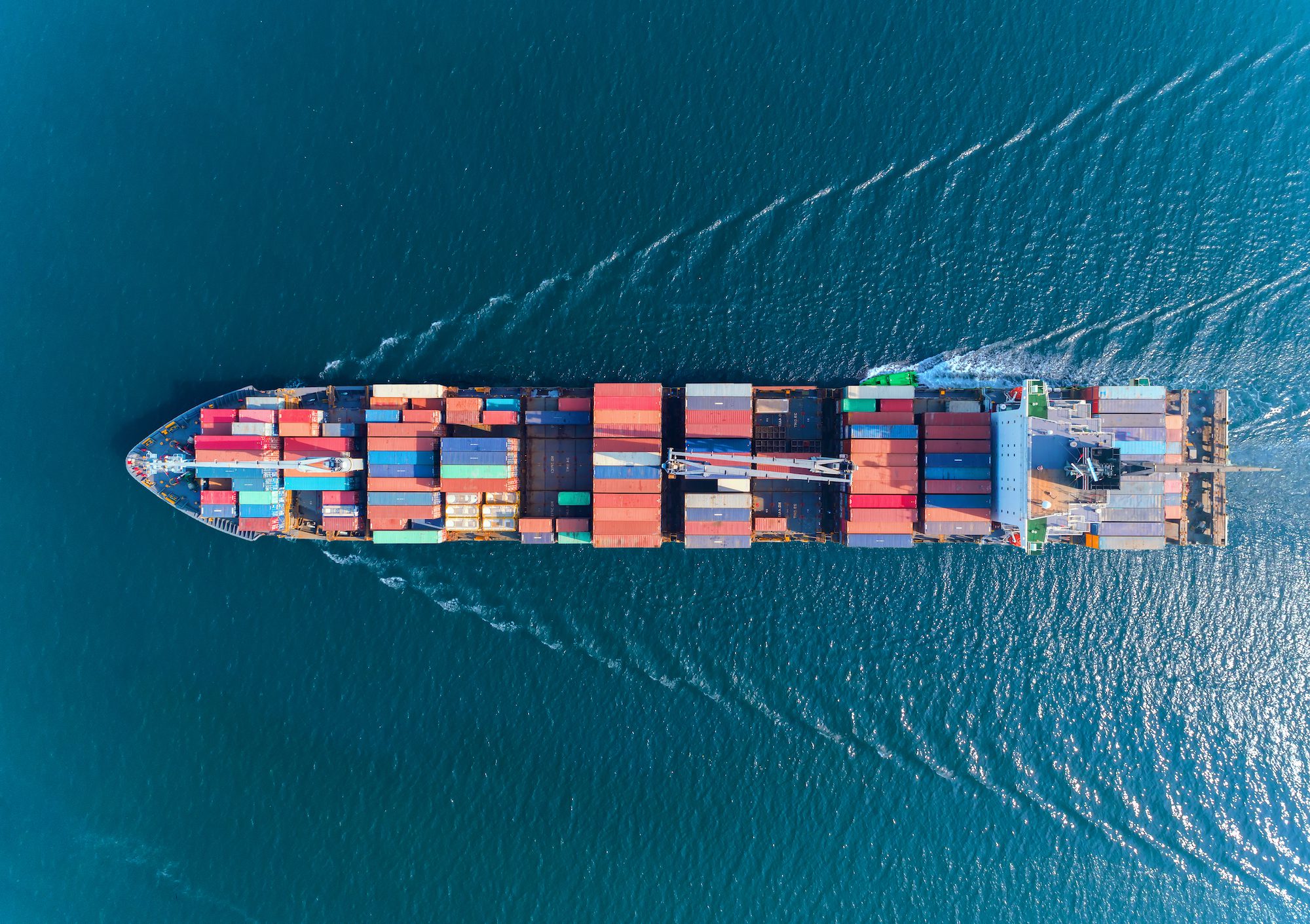Swedish prosecutors have closed their investigation into damage to a communication cable between Sweden and Latvia in the Baltic Sea, concluding that the incident was accidental rather than an act of sabotage.
The investigation began after damage to the undersea fiber optic cable was discovered on January 26, 2025. Swedish authorities seized the Maltese-flagged bulk vessel Vezhen on suspicion of gross sabotage, though the vessel was released on February 3.
“Through a swift, effective coordinated effort by the Security Police, the Police Authority, the Coast Guard, and the Armed Forces, the causes of the cable break have been clarified,” said Senior Prosecutor Mats Ljungqvist at the National Security Unit. “The investigation clearly shows that the cable break was caused by a combination of severe weather, technical deficiencies, and suspected inadequate seamanship on the vessel in question.”
Investigators conducted an extensive crime scene investigation and analyzed the vessel’s black box along with footage showing the sequence of events when the cable was damaged. The analysis revealed a chain of failures that led to the accident.
On the night of January 25, severe weather with high waves battered the Baltic Sea. The vessel’s anchor should have been secured by three independent safety devices, but two had been out of function for some time. Earlier that morning, the only functioning device—the so-called Bear Lock—broke after a powerful wave, causing the anchor and chain to release to their full length.
The anchor’s deployment caused the vessel to slow down and turn, but because the autopilot was engaged, it compensated for the change without triggering any alarms to alert the bridge officer. The following day, the vessel reached the communication cable off Gotland in the Swedish economic zone, where the dragging anchor damaged the cable.
“We can therefore conclude that the cable was not damaged through a deliberate act,” Ljungqvist said. “Jurisdiction to handle any negligence offenses does not exist.”
The Bulgarian shipping company Navigation Maritime Bulgare, which operates the Vezhen, had previously stated that the vessel’s anchor dropped to the seabed in high winds and may have struck the cable, but denied any sabotage.
The preliminary investigation was handed over during spring 2025 to criminal investigation authorities in Latvia, which are conducting their own investigation into the cable break.
The incident occurred as the Baltic Sea region remains on high alert following a series of power cable, telecom link, and gas pipeline outages since Russia invaded Ukraine in 2022.

 Join The Club
Join The Club











